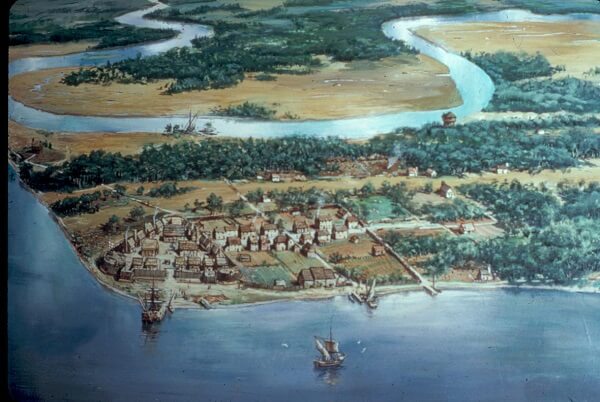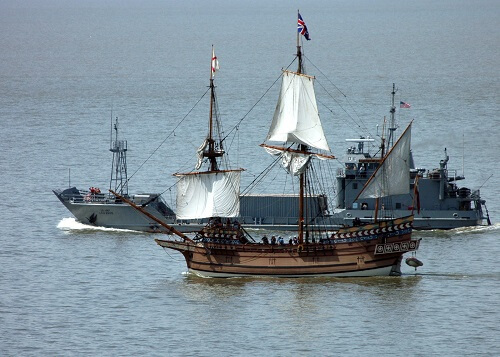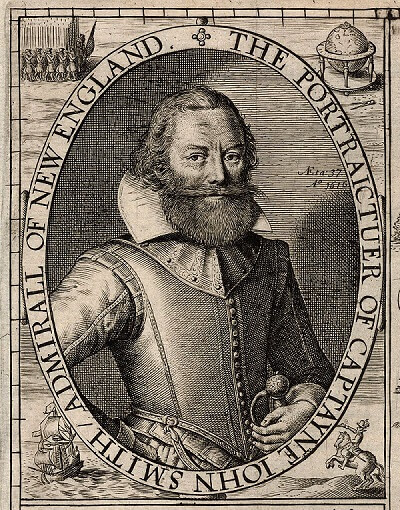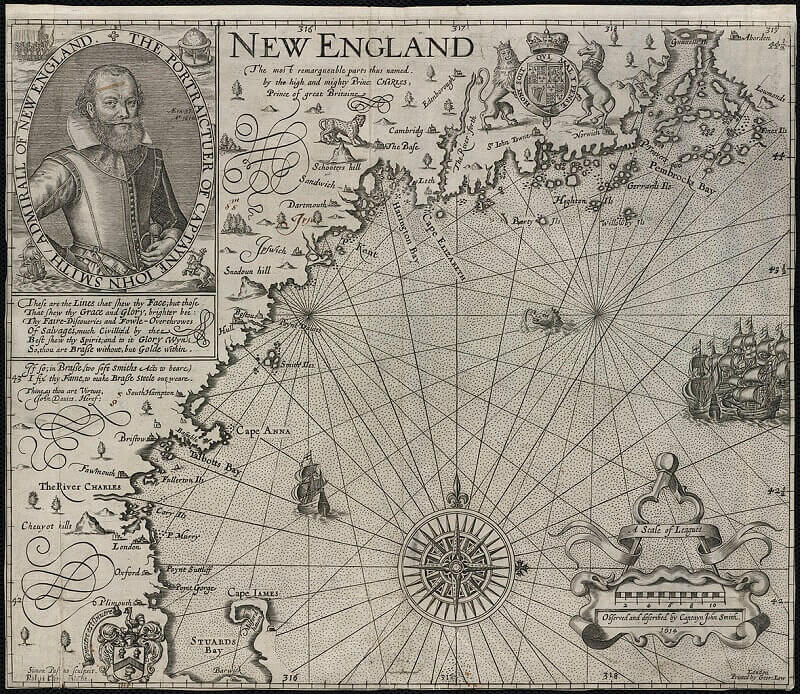 A History of the United States and its People
A History of the United States
A History of the United States and its People
A History of the United States




 A History of the United States and its People
A History of the United States
A History of the United States and its People
A History of the United States

Study the chapter for one week.
Over the week:
Activity 1: Narrate the Chapter
Activity 2: Study the Chapter Picture

Activity 3: Map the Chapter
Study the map that John Smith created in 1624 of the New England area.
Find the following:

Activity 4: Play the State Names and Locations Game
Activity 5: Complete Copywork, Narration, Dictation, and Mapwork
